How to installing drawer slides
Installing drawer slides requires precision and attention to detail to ensure smooth operation and longevity. Whether working on new cabinetry or retrofitting old drawers, understanding the mechanics of slide types (side-mount, undermount, center-mount) and their installation requirements is critical. Proper alignment, spacing, and hardware selection directly impact functionality. This guide breaks down key considerations for seamless installation and troubleshooting common issues.
Where Should Drawer Slides Be Positioned on a Drawer?
Drawer slides must align with the cabinet frame and drawer box to distribute weight evenly. For side-mount slides, position them ½” below the drawer’s top edge, ensuring they run parallel to the cabinet’s interior sides. Undermount slides attach to the drawer’s bottom, hidden from view, and require precise recessed grooves. Incorrect positioning leads to misalignment, binding, or premature wear. Always consult the manufacturer’s specifications for slide-specific guidelines.
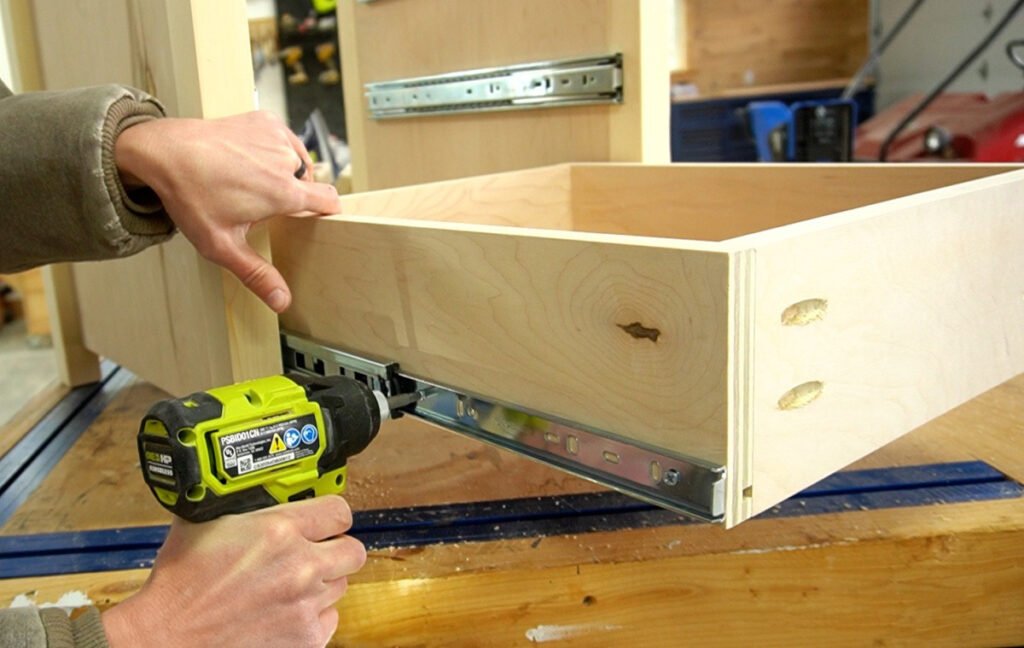
How Much Gap to Leave for Drawer Slides?
A 3mm (1/8″) clearance is typically recommended between the drawer box and cabinet frame to accommodate slide movement. For side-mount slides, ensure a 1–2mm gap on each side of the drawer. Undermount systems may require a slightly larger gap (3–5mm) to avoid friction. Over-tightening screws or insufficient spacing causes jamming. Test-fit the drawer before final installation to verify smooth gliding.
How Do I Put the Drawer Back on a Slide?
- Retracting the slides: After fully extending the slides you need to press the release lever, which allows you to completely remove the drawer.
- Align the components: Hook the drawer’s slide onto the cabinet-mounted counterpart, ensuring interlocking tabs engage.
- Test movement: Gently push the drawer inward; a click indicates proper reattachment. Avoid forcing the drawer, as misalignment risks damaging the mechanism.
How can I make my drawers slide more smoothly?
- Lubricate slides: Apply silicone spray or paraffin wax to reduce friction. Avoid oil-based products, which attract dust.
- Clean up debris: Use a brush to remove any dirt or wood chips.
- Adjust alignment: Loosen mounting screws slightly, reposition the drawer, and retighten.
- Upgrade hardware: Replace worn slides with soft-close or ball-bearing models for enhanced performance.
Can You installing drawer slides Flat?
While most slides are designed for vertical or horizontal mounting, undermount slides can be installed flat beneath the drawer. However, they require recessed grooves or brackets to secure the mechanism. Side-mount slides are not suitable for flat installation unless specified by the manufacturer. Always verify compatibility before proceeding.
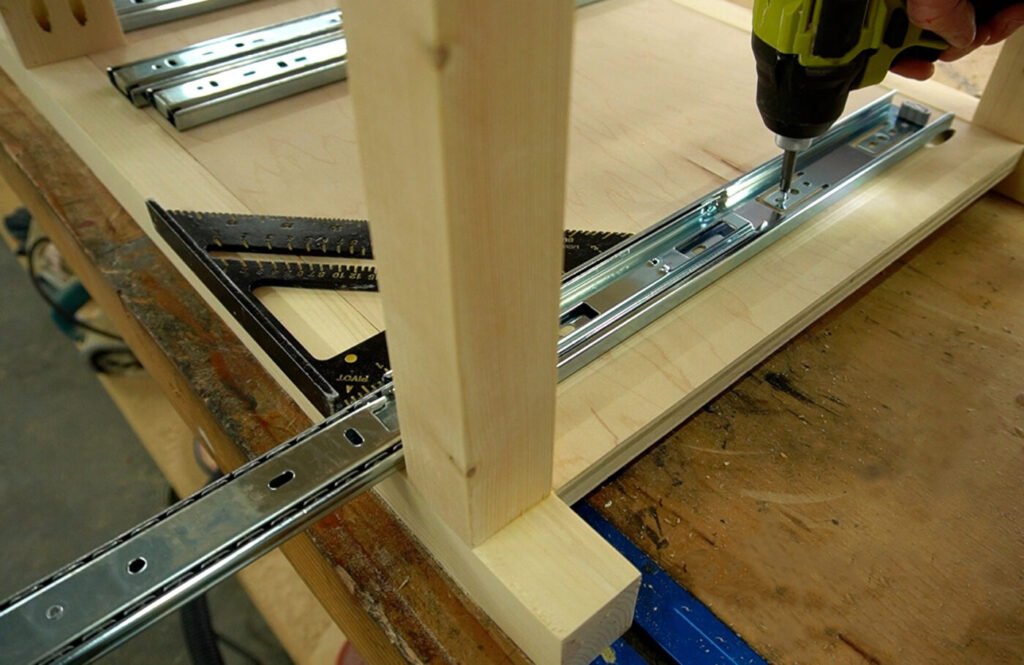
Do Drawer Slides Have to Be at the Bottom?
No. Slide placement depends on the type:
- Side-mount: Attach to the drawer’s sides.
- Undermount: Fixed to the drawer bottom.
- Center-mount: Positioned under the drawer’s centerline (common in light-duty applications).
Bottom placement is not mandatory but often preferred for heavy-duty drawers due to better weight distribution.
Side Mount vs. Bottom Mount Drawer Slides: Which Is Better?
- Side-mount: Cost-effective, easy to install, and widely compatible but visible when the drawer is open.
- Undermount: Sleek, hidden design with superior weight capacity but require precise installation and specialized hardware.
Choose based on aesthetics, load requirements, and cabinet design. Undermount slides excel in high-end kitchens; side-mount suits utility spaces.
Can You Retrofit Drawer Slides on Old Drawers?
Yes, but modifications may be needed. Measure the drawer’s width, depth, and side thickness to select compatible slides. For side-mount installation, ensure the drawer box is square and sturdy. If the drawer lacks grooves for undermount slides, use router tools to create recesses. Sand uneven edges to prevent binding.
How to Determine Correct Drawer Slide Length?
Slide length should match the drawer’s depth minus 1–2″ to allow full extension without protruding. For example, a 20″-deep drawer requires 18″ slides. Measure from the drawer’s front face to the back panel. Oversized slides prevent full closure; undersized ones limit accessibility.
What Is the Setback for a Drawer Slide?
Setback refers to the distance between the slide’s front edge and the cabinet face frame. Standard side-mount slides require a ½” setback to ensure the drawer front aligns flush with the cabinet. Undermount systems may need a 1″ setback. Incorrect setback causes misalignment or gaps between the drawer and cabinet.
What Happens If Drawer Slides Are Too Short?
Short slides reduce drawer accessibility, preventing full extension and straining the mechanism. Over time, this leads to warping or detachment. Always verify slide length matches the drawer depth. If replacement isn’t possible, consider adding spacer blocks to the cabinet interior (not recommended for heavy loads).
Best Practices for Smoother Drawer Operation
- Regular maintenance: Clean slides quarterly and re-lubricate.
- Balance the load: Avoid placing heavy objects near the front.
- Upgrade to soft-close slides: Minimize slamming and prolong hardware life.
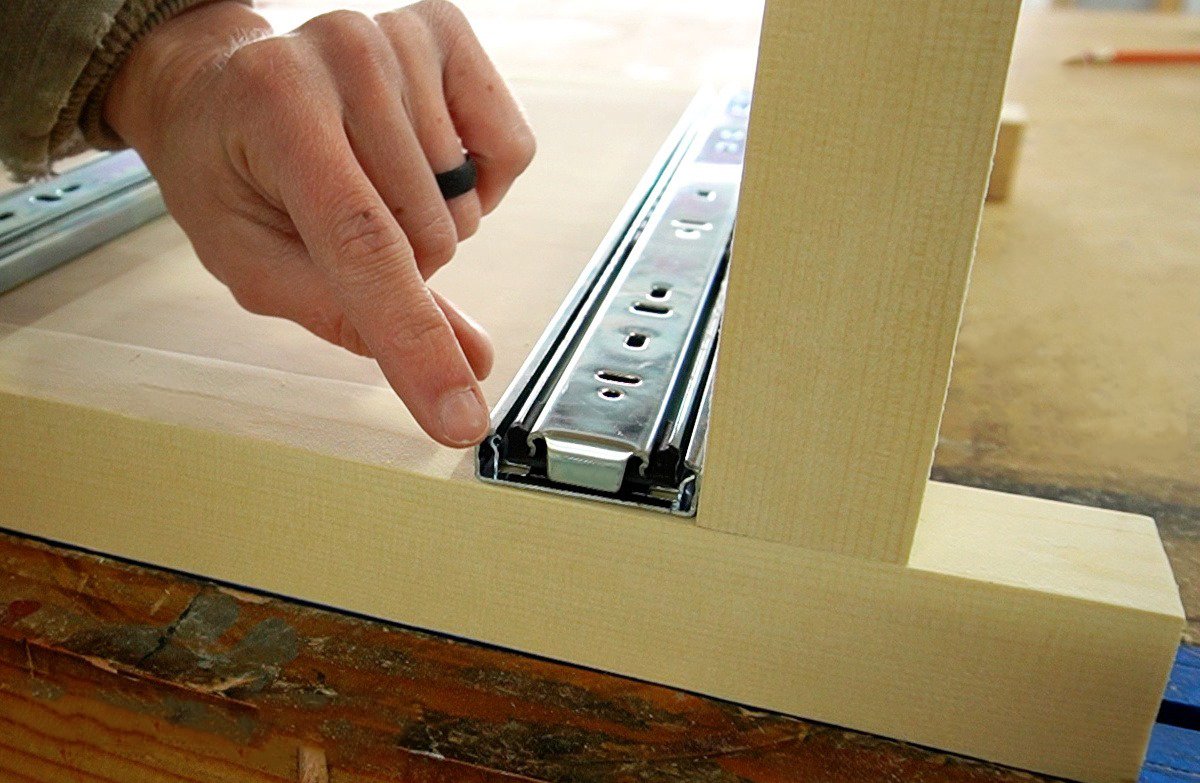


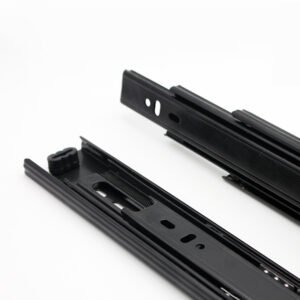
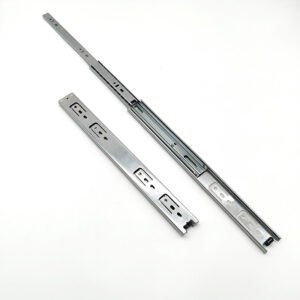
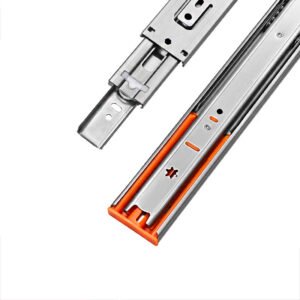
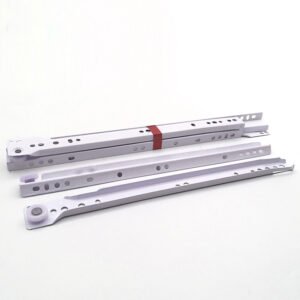

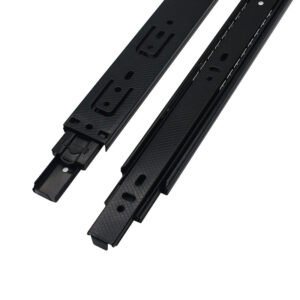
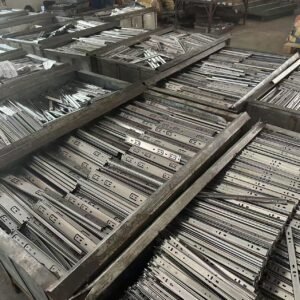
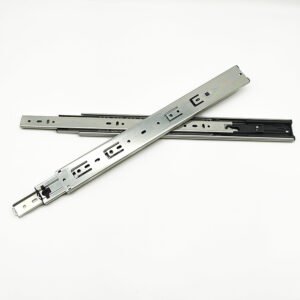


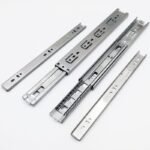

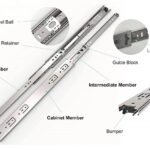
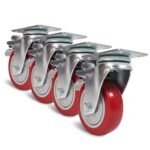
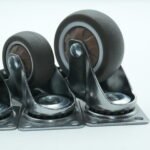
Leave a Reply